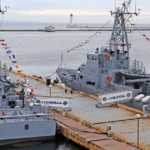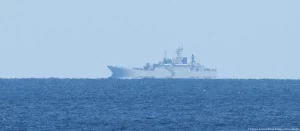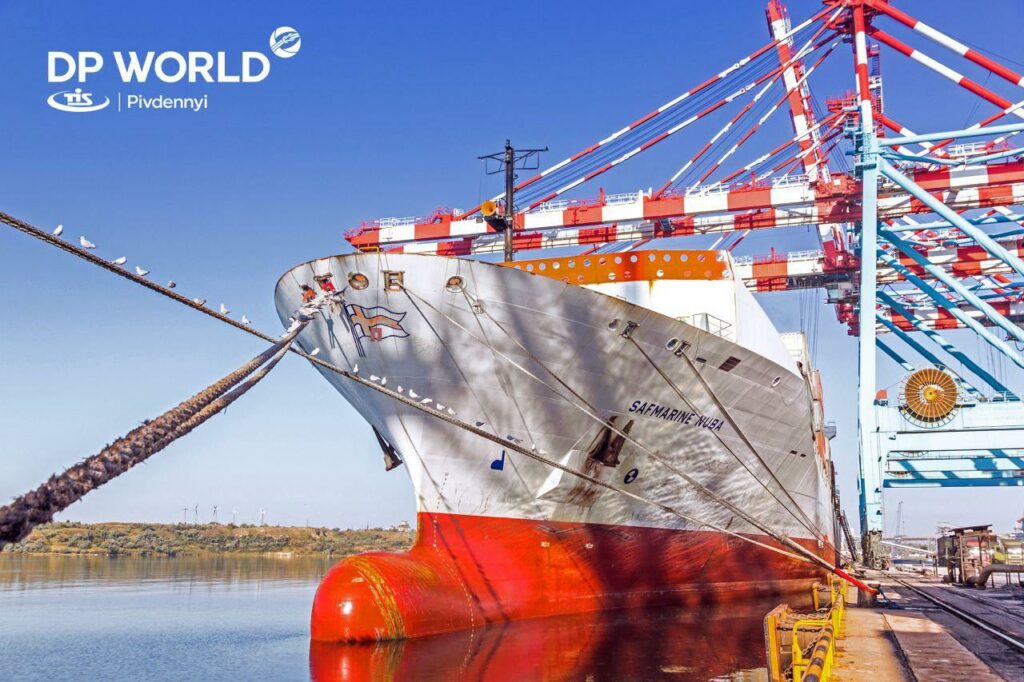Large replenishment: which ships Ukraine receives from foreign partners
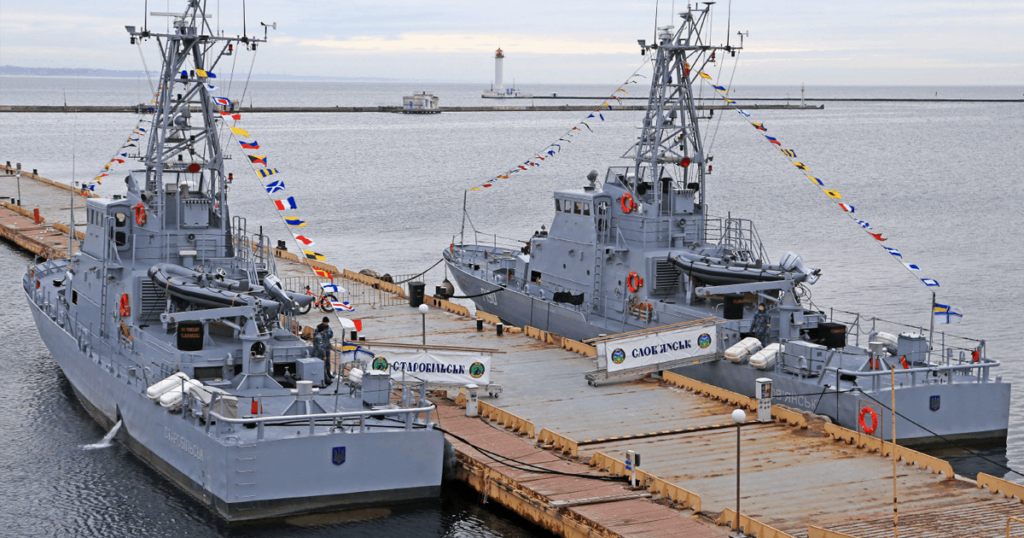
Ukraine is replenishing its fleet. Two research vessels will arrive in Odesa soon, and the Navy will become larger by two American Island-class cutters. But that is not all.
USM found out which kind of vessels and ships and, most importantly, on what conditions Ukraine will receive and why our country needs them.
Scientific fleet under the Ukrainian flag
This year, Ukraine has acquired two scientific-research vessels, which has not been the case for all the years of the country’s independence.
Back in 1996, Ukraine received its own research station in Antarctica. It was the British Faraday base, which the British transferred to our country for just one pound sterling (the transfer memorandum was signed in 1995).
You can get to the polar station only by sea and only in summer. An ice-class vessel is required for such a trip. The fact is that the station is located on an island, and all the logistics there are only maritime. There is no airstrip for air transport. By the way, this is one of the reasons why the British gave this very station to Ukraine (they moved to the mainland Antarctica).
The first expeditions were sent from Odesa on the motor vessel Ernest Krenkel, which belonged to the Ukrainian Scientific Center for Ecology of Sea, but the vessel was decommissioned and disposed at the shipyard in Mykolaiv long ago.
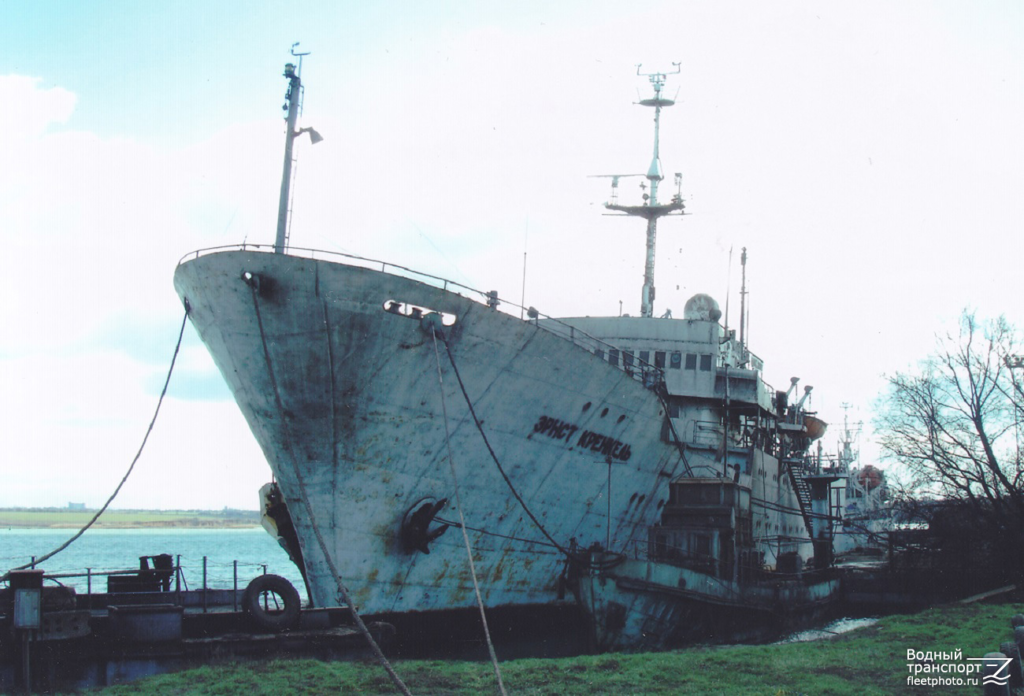
By the way, this center, in fact, has only one research vessel – Vladimir Parshin, built in Finland in 1989. But this is not an icebreaker. Therefore, the vessel for delivering polar explorers to the Akademik Vernadsky station has to be chartered, which significantly “hits” the budget of the Ukrainian expedition. Accordingly, it is almost impossible to calculate the sum of money for freight in advance (and find a way to reduce it).
– “Bracket” for vessel freight from 20-25 thousand dollars for vessel/day up to 55 thousand. And how much a vessel/day is required – there are no two years alike. It all depends on the weather conditions and on the time of loading the products on board. And we pay, – said back in 2019 the Head of the National Antarctic Scientific Center (NASC) Evhen Dykyy.
However, in 2021 it happened. Britain sold the icebreaker James Clark Ross to Ukraine for $5 million. The initial cost of the vessel was $10 million. The Ukrainian party will additionally pay for the delivery of the vessel and its retrofitting with appropriate equipment. Funds for the purchase of an icebreaker for expeditions were allocated from the state budget. It is not excluded that the polar explorers will go on their own vessel, headed by Captain Evhen Novosylnyy, on the next expedition to the Antarctic station. It is expected that the icebreaker (it is now in Denmark, but under the Ukrainian flag) will arrive in Odesa in September.

The vessel is equipped with everything necessary for scientific research. However, he does not yet have a name. NASC announced a competition for the best name for the icebreaker, but the results have not yet been announced. One of the most common proposals: to name the icebreaker after the Ukrainian diplomat Roland Franko (the last grandson of the poet Ivan Franko, died on August 11th, 2021), who did a lot to ensure that Ukraine has that very polar station in Antarctica.
And a little more about the new Ukrainian icebreaker – in the infographics.
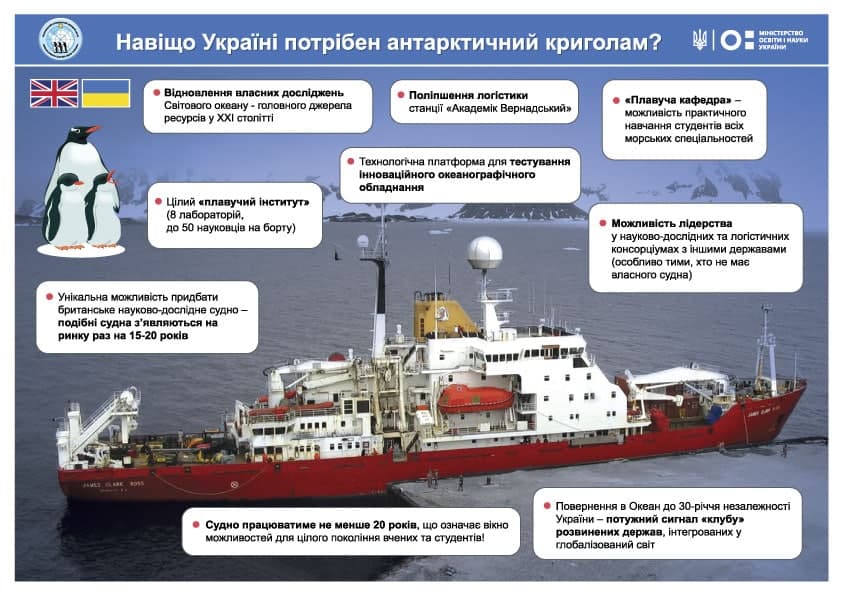
Another scientific vessel, which this year will arrive to Odesa and go to the disposal of the Scientific Center for Marine Ecology, our country received in Belgium.
As USM reported, on September 13th, a solemn ceremony of transferring the research vessel Belgica to Ukraine took place at the naval base in the Belgian city of Zeebrugge. It was transferred over free of charge, while Ukraine was the requesting party.
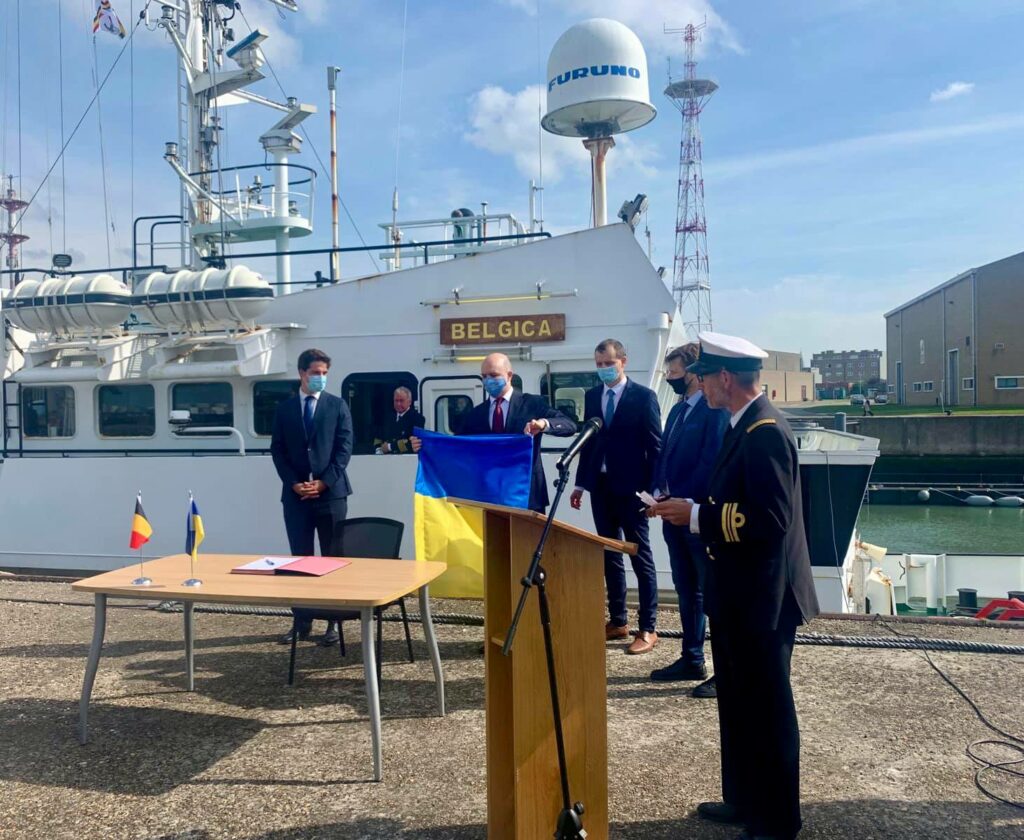
The vessel was built in 1984 and all this time was used for science, as well as for practical research on the development of the sea shelf. In particular, in preparation for the construction of offshore drilling platforms and wind power stations. However, in 2009, the Belgians began to think about building a new vessel. Now it is known that it will be Belgica-2, preliminary it will cost 54 million dollars.
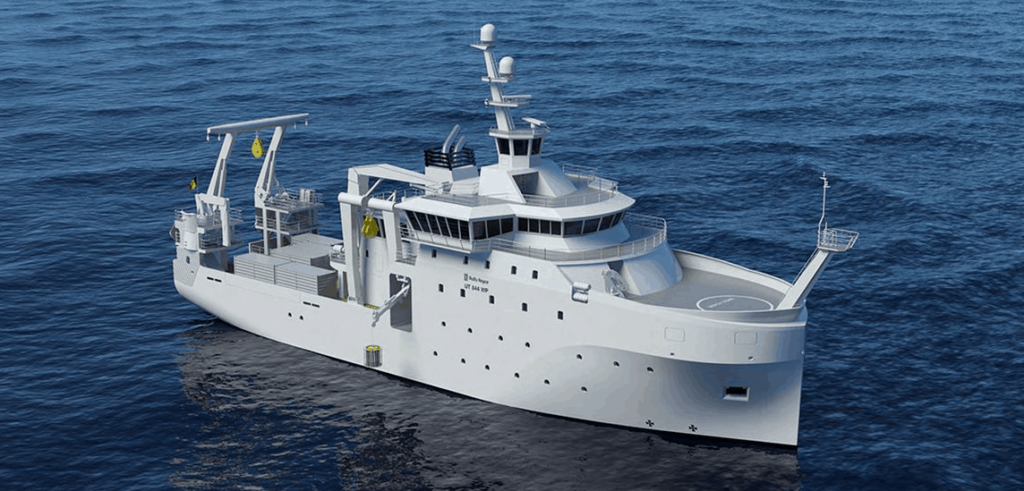
With regard to the vessel transferred to Ukraine, the program coordinator for the transfer from the Belgian party Lieven Nauds said the following about it: “If you do not have a research vessel, this vessel will still be a good vessel. We have done all possible work with him. It’s still a good vessel, but not for the future. ”
In Ukraine, the vessel is intended to be used for scientific research in the Black and Azov Seas. Moreover, Belgian scientists are likely to take part in them. And the transfer of the vessel to Ukraine will be organized and financed by the EU – UNDP project “European Union for the Improving the Environmental Monitoring of the Black Sea (EU4EMBLAS). Thus, Ukraine will still have, albeit an old, but its own vessel for marine scientific research.
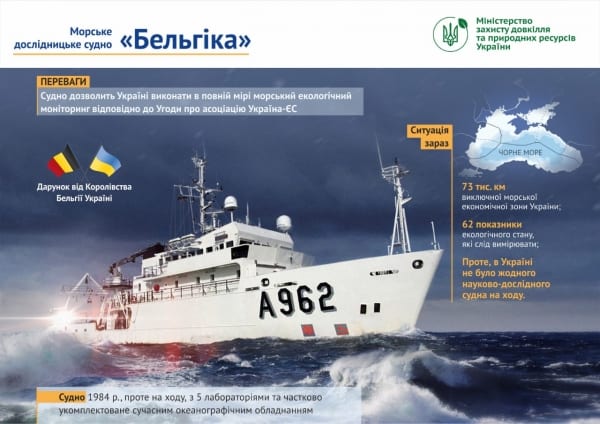
American “islands” for the Ukrainian Navy
As for the replenishment of the Ukrainian Navy fleet, there is also hope for Western partners.
The most popular in this sense are American patrol boats of the Island type (“Island”, each boat in this series is named after an American island).
The United States transfers them to Ukraine under the Excess Defense Articles (EDA) program, and free of charge. But this does not mean that the Naval Forces of Ukraine have no additional costs.
So, in 2019, two of such boats arrived in Ukraine, which were named Starobelsk and Slavyansk. Even before the transfer of the boats, the Ministry of Defense of Ukraine reported that the purchase of equipment and fuel and lubricants for the boats would cost $1.3 million, another $1 million – the training of two crews (they undergo training in the United States), about $4 million – repairs, and about $3 million – transportation to Ukraine.
This year, two more Island crews went to the USA to study. The next pair of boats, which have already been named Sumy and Fastov, should arrive in Ukraine by the end of 2021. All in all, it was about five boats.
By the way, if the first boats arrived in Ukraine without weapons and there is still the question of what exactly to equip them with, then the next two will be equipped with American weapons.
In July 2021, in Odesa, during the celebration of Navy Day, President of Ukraine Volodymyr Zelenskyy announced that the United States would also transfer Mark VI combat boats to our country.
“Ukraine, together with the United States, Great Britain, Turkey and other countries, is actively implementing joint large-scale projects regarding the renewal of our ship fleet and the development of modern naval infrastructure. In particular, next year the American party will begin transferring Mark VI high-speed combat boats to Ukraine”, Zelenskyy said.
However, this is not quite a hand-to-hand transfer. Back in July 2020, Ukrainian Foreign Minister Dmytro Kuleba said that the US authorities had approved the supply of up to 16 Mark VI combat patrol boats and related equipment to Ukraine. The Minister noted that six boats are already being prepared for Kyiv within the framework of “assistance under relevant programs”.The rest of the ships Ukraine will be able to purchase for money from the defense budget. In general, we are talking about expenses amounting to about $600 million.
The Americans themselves do not really need these boats: the US Navy is basically oriented for operations in the oceans, where small ships are not on velvet.
“In scenarios of warfare against other countries, Mk VI were considered really unnecessary (given their small size and limited missile firepower)”, said US Marine Corps Major General Tracy King, writes The Drive.
For reference. Island-class patrol boats were built from 1985 to 1992, a total of 49 vessels were launched. In 2014, CIF began replacing them with new ones – of the Sentinel class, and transferring outdated boats to military partners. So, in 2015, three boats were transferred to Pakistan, the next year two – to the Coast Guard of Georgia and two more – to Costa Rica. The boats, which are part of the US Coast Guard, are armed with a 25 mm Mk 38 Mod 0 Bushmaster automatic artillery mount and two 12.7 mm M2HB machine guns. An AN/SPS-73 radar and one motor boat are also installed on board. The crew of the vessel is 16-18 people, the autonomous sailing time is five days.
The Mark VI patrol boats were developed by the American company SAFE Boats International on the basis of the Archangel multipurpose boat by order of the Naval Expeditionary Combat Command (NECC) of the US Navy. Technical characteristics of the Mark VI patrol boats:
- displacement, t: 65;
- length, m: 25;
- width, m: 6.7;
- draft, m: 1.2;
- crew: 10 + 8 passengers;
- armament: 2 x 25-mm artillery mounts Rafael Mk. 38.6 x 12.7 mm M2 machine guns;
- engine power, hp: 5200;
- carrying capacity, t: 5;
- speed, knots: cruising – 35, maximum – 41;
- operational range, miles: 600 (at a speed of 30 knots).
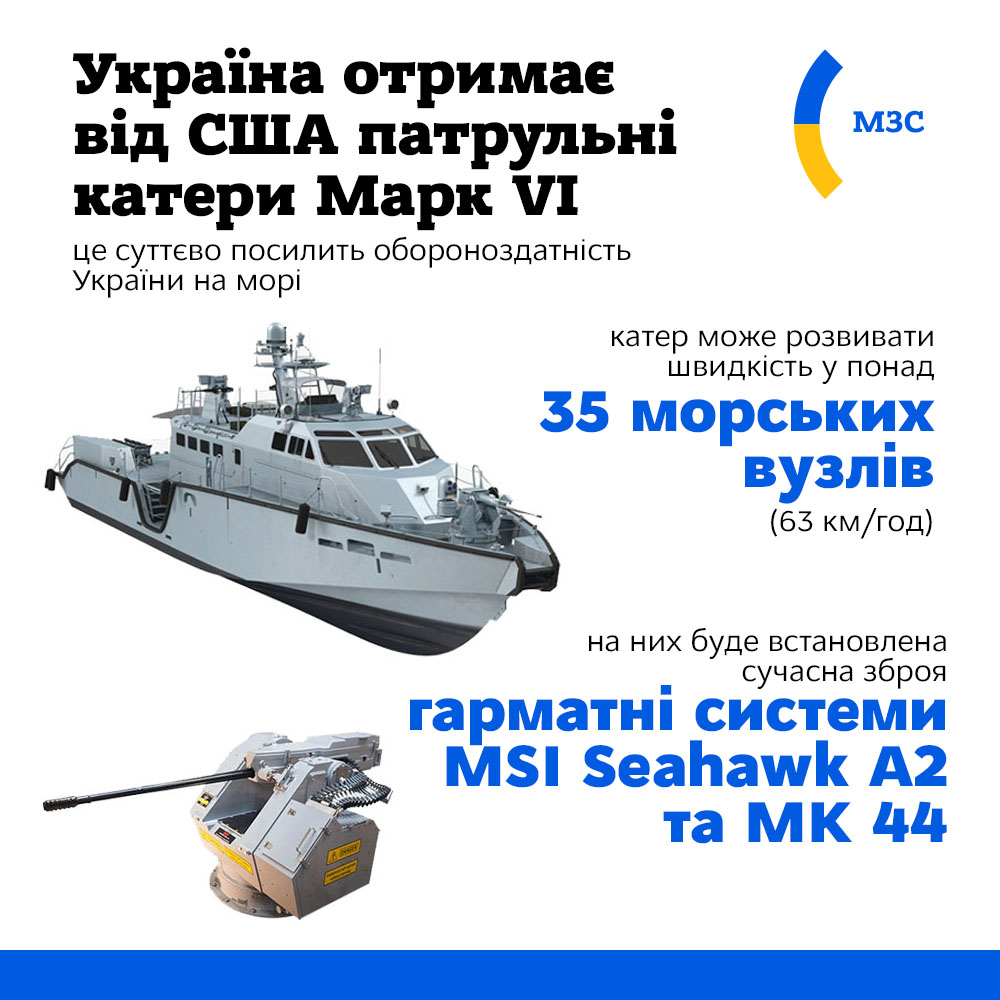
“Royal gift”
Ukraine is also cooperating with the British to replenish the Navy. So, last summer in the UK, a farewell ceremony with two ships of the Royal Navy was carried out. These ships will be transferred to the Naval Forces of Ukraine.

The Sandown-class mine action ships, HMS Blyth (built in 2000) and HMS Ramsey (built in 1999), served in the Royal Navy for 20 years. The only purpose of the ships of the type is to search for and destroy sea mines using remotely controlled search vehicles.
What exactly is hidden under the word “transfer” in the case of British ships is unknown. But something else is known: on June 21st in Odesa, the Ukrainian and British parties signed a Memorandum on the implementation of maritime partnership projects.
The document provides for the joint design and construction of warships in Ukraine and Great Britain, as well as the construction of the infrastructure of the Ukrainian Navy for a total of £1.7 billion. It is assumed that the implementation of projects will begin after the conclusion of the Framework Agreement between the governments of the two states for 8 years.
Such initiatives (not only cooperation with the British and Americans, but also a program to build corvettes for the Ukrainian Navy in Turkey), of course, will help strengthen Ukraine’s position in the Black and Azov Seas region. However, they do not contribute at all to the development of shipbuilding within the country. Recall that the only corvette laid in Ukraine was built.
